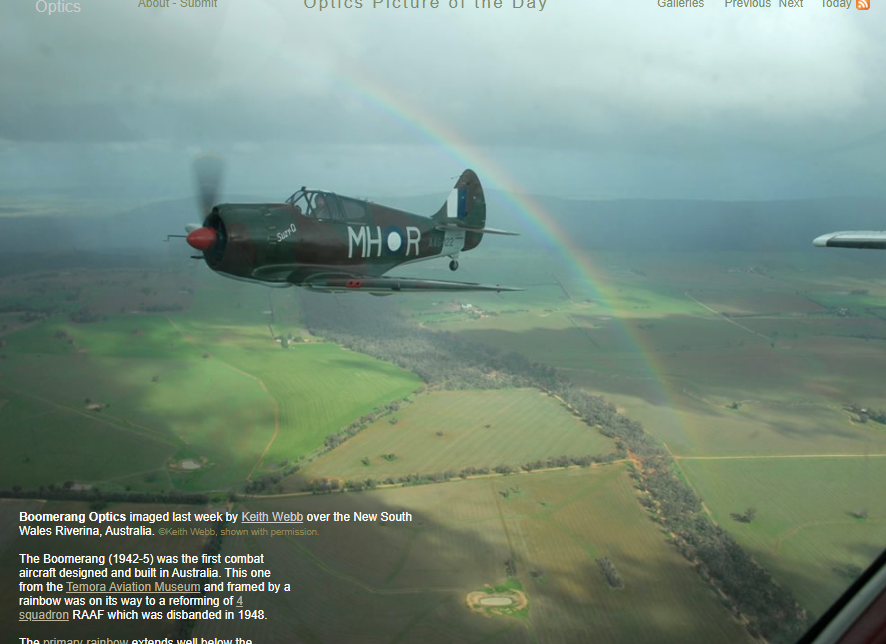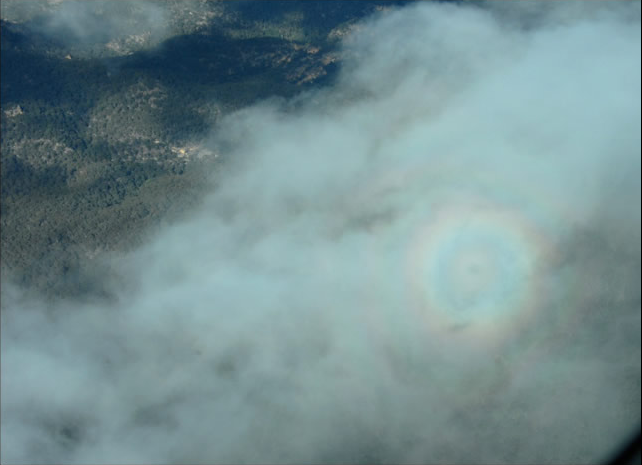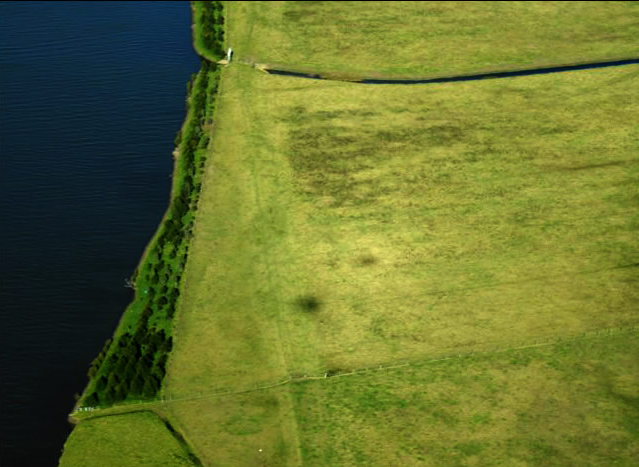Boomerang Optics
Exploring Boomerang Optics: A Phenomenon of Atmospheric Delight
Have you ever gazed out of an airplane window or stood atop a mountain and been captivated by the sight of a rainbow that seemed to extend well below the horizon? This enchanting spectacle is known as a boomerang rainbow, a rare and breathtaking atmospheric optics phenomenon. In this article, we will delve into the fascinating world of boomerang optics and explore its intricacies.
The Origins of Boomerang Optics
The term "boomerang" in the context of atmospheric optics refers to the shape of the rainbow when viewed from above. Unlike a traditional circular rainbow that forms a complete ring, the boomerang rainbow appears as an elongated arc that extends below the horizon. This stunning optical phenomenon occurs when sunlight interacts with water droplets in the atmosphere, creating a mesmerizing display of colors.
Witnessing the Boomerang Rainbow
While spotting a complete or almost complete circular rainbow can be a matter of luck, observing a boomerang rainbow requires specific conditions. It is best seen from a relatively low-flying airplane or from a vantage point on a mountain. However, capturing this extraordinary sight can be challenging due to its vast size. The boomerang rainbow spans an impressive 84° in diameter, centered at the antisolar point – the point directly opposite the sun.
The Science Behind Boomerang Optics
Rainbows are formed when sunlight enters water droplets in the atmosphere and undergoes a process of refraction, reflection, and dispersion. For a boomerang rainbow to appear, the water droplets must have a diameter of 0.3mm or larger. These larger droplets cause light to refract at wider angles, resulting in the elongated shape of the boomerang.
Unveiling Other Antisolar Optics
Boomerang optics are just one facet of the intriguing world of antisolar phenomena. Let's explore a few other captivating optical effects that can be observed in conjunction with the boomerang rainbow:
-
Glory: When sunlight interacts with smaller cloud droplets, it creates a phenomenon known as a glory. This phenomenon occurs when light is scattered and diffracted almost directly backward towards the observer. The glory appears as a soft glow surrounding the antisolar point and can often be seen from an airplane or mountain.
-
Heiligenschein: Another mesmerizing effect related to antisolar optics is the heiligenschein. This soft glow occurs when water droplets focus sunlight onto leaves or the ground, creating an image that is then projected backward to the observer's eye. The heiligenschein adds an ethereal touch to the surrounding landscape, enhancing its beauty.
-
Opposition Effect: The opposition effect is an optical phenomenon that manifests as an apparent bright area where shadows directly opposite the sun are hidden behind objects such as trees or stubble. This effect creates a contrast between the illuminated area and the shaded region, accentuating the visual appeal of the scene.
Exploring the Images
Let's take a closer look at the images accompanying this article to gain a deeper understanding of boomerang optics and its related phenomena.
In the first image, captured during the return flight of a Boomerang aircraft, we can observe the shadow of the photographer's airplane at the center of the glory. The accompanying aircraft, however, does not exhibit a glory due to its different position relative to the antisolar point. This striking visual contrast emphasizes the uniqueness of each perspective and highlights the intricate interplay of light and atmospheric conditions.
The second image showcases the heiligenschein and opposition effect. The photographer's aircraft displays a halo-like glow, which is a characteristic feature of the heiligenschein phenomenon. This soft radiance adds an enchanting touch to the landscape, enhancing its allure. As the photographer moves across the terrain, the low-contrast patch of lightness becomes more apparent, creating a captivating visual journey.
Conclusion
Boomerang optics, with its captivating boomerang rainbow and its accompanying antisolar phenomena, offers a glimpse into the mesmerizing world of atmospheric optics. These rare and enchanting sights remind us of the beauty and complexity of our natural environment. So, the next time you find yourself on an airplane or standing atop a mountain, keep an eye out for the wondrous boomerang rainbow and its ethereal companions.

Boomerang Optics imaged last week by Keith Webb over the New South Wales Riverina, Australia. ©Keith Webb, shown with permission.
The Boomerang (1942-5) was the first combat aircraft designed and built in Australia. This one from the Temora Aviation Museum and framed by a rainbow was on its way to a reforming of 4 squadron RAAF which was disbanded in 1948.
The primary rainbow extends well below the horizon.
With luck, a complete or almost complete circular rainbow can be seen from a relatively low flying airplane or from a mountain. However, it is not easy to see or photograph through an aircraft window as the complete bow is a huge 84° in diameter centered at the antisolar point.
Rainbows are produced by drops 0.3mm diameter and upwards. Smaller cloud droplets produce another antisolar point phenomenon - a glory. Light is scattered and diffracted almost directly backwards towards the camera.
In the right hand image from the Boomerang's return flight the shadow of the photographer's airplane is at the glory centre. The accompanying aircraft does not have a glory but its pilot would have seen the situation reversed.
Other antisolar optics are the heiligenschein and opposition effect.
The heiligenschein is a soft glow produced by water droplets focusing sunlight on leaves or the ground and then imaging it backwards to the eye.
The opposition effect is partly an apparent bright area where shadows directly opposite the sun are hidden behind the objects (trees, stubble) hiding them.
The glow of one or other (or both) effects is visible in the lower image. Again, only the photographer's aircraft has the halo like glow. This view is contrast enhanced. The effects are often best seen visually when you are moving. The low contrast patch of lightness then becomes more apparent as it moves across the landscape.


Note: this article has been automatically converted from the old site and may not appear as intended. You can find the original article here.
Reference Atmospheric Optics
If you use any of the definitions, information, or data presented on Atmospheric Optics, please copy the link or reference below to properly credit us as the reference source. Thank you!
-
<a href="https://atoptics.co.uk/blog/boomerang-optics/">Boomerang Optics</a>
-
"Boomerang Optics". Atmospheric Optics. Accessed on April 25, 2024. https://atoptics.co.uk/blog/boomerang-optics/.
-
"Boomerang Optics". Atmospheric Optics, https://atoptics.co.uk/blog/boomerang-optics/. Accessed 25 April, 2024
-
Boomerang Optics. Atmospheric Optics. Retrieved from https://atoptics.co.uk/blog/boomerang-optics/.